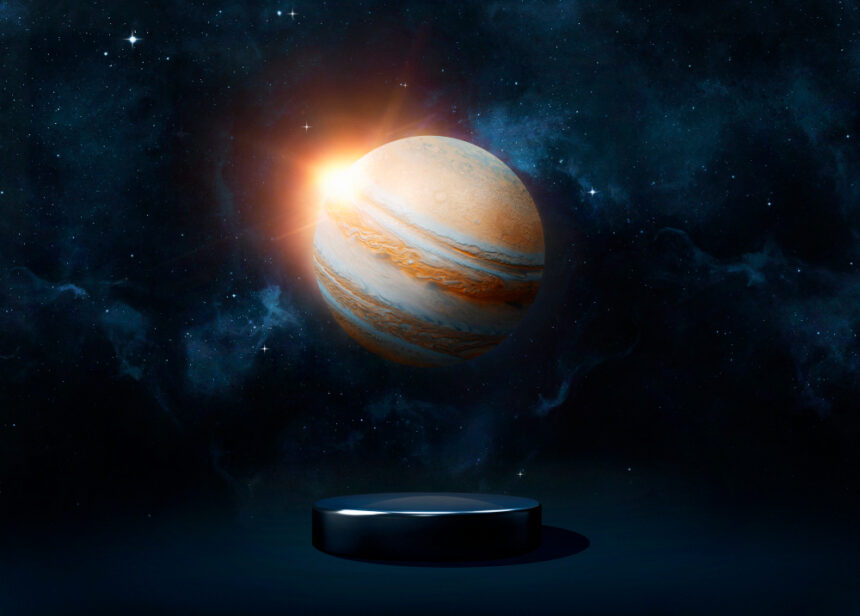Jupiter is the fifth planet from the sun and the biggest planet in the solar system. Its atmosphere is mostly made of hydrogen + helium and has no ground surface. So how is the core of such a planet made?
In 2016, the probe Juno arrived at Jupiter, and with it’s high-resolution camera, it pointed towards this stormy word. The Juno probe has captured many beautiful and magnificent images of Jupiter’s atmosphere. The Juno probe wasn’t sent to just take photos of Jupiter; the main goal was to go deeper inside the planet. So, does Jupiter have a core?
If Juno finds a solid core on Jupiter, it could mean Jupiter first formed as a rocky planet like Earth and then kept growing. But if Juno doesn’t find any core, it could mean that Jupiter skipped the rocky stage and formed straight from a cloud of gas.
Answering this question could be a mystery too. If it is possible to figure out how Jupiter formed, it is also possible to figure out Jupiter’s core.
As Juno speeds around Jupiter, gravitational spikes tug on the craft, and some parts of Jupiter are denser than others. If Jupiter were a solid ball, then as Juno passes by it as it passes very close above its cloud tops, the orbit and trajectory would be very smooth.
If Jupiter has layers or places where there’s more mass and places where there’s less, then it’s going to pull on Juno a little bit differently.
Passing over areas of concentrated mass gives Juno a speed boost. What Juno found inside was the amorphous mass, a fuzzy thing in the center of Jupiter that is not as solid as they expected if it were just a metal and rock core.
In the center of the planet, Juno detects hydrogen and rocky material dissolved and blended together.
It’s a type of planetary core that was never discovered before; the astronomers describe it as fuzzy; they founded hydrogen fluid.
One theory is that Jupiter was not formed from rock or gas but from tiny pebbles less than an inch wide strewn across the early solar system 4.6 billion years ago. The swarm of pebbles clumped together to form one giant core that is 20 times the mass of the earth.
As Jupiter grew, its appetite for absorbing objects was insatiable. Because of its powerful pull and ability to absorb other planets’ cores upon contact, Jupiter’s core alters as a result of these interactions.
Huge chunks of incoming rock are mixed up with gas and the pebbles that originally built the core.
Once Jupiter’s core reaches a critical mass, its gravity pulls in all nearby hydrogen gas, building the Jovian atmosphere and leaving the fuzzy core trapped beneath thousands of miles of thick clouds. That is what formed Jupiter.
Arnold
Home

